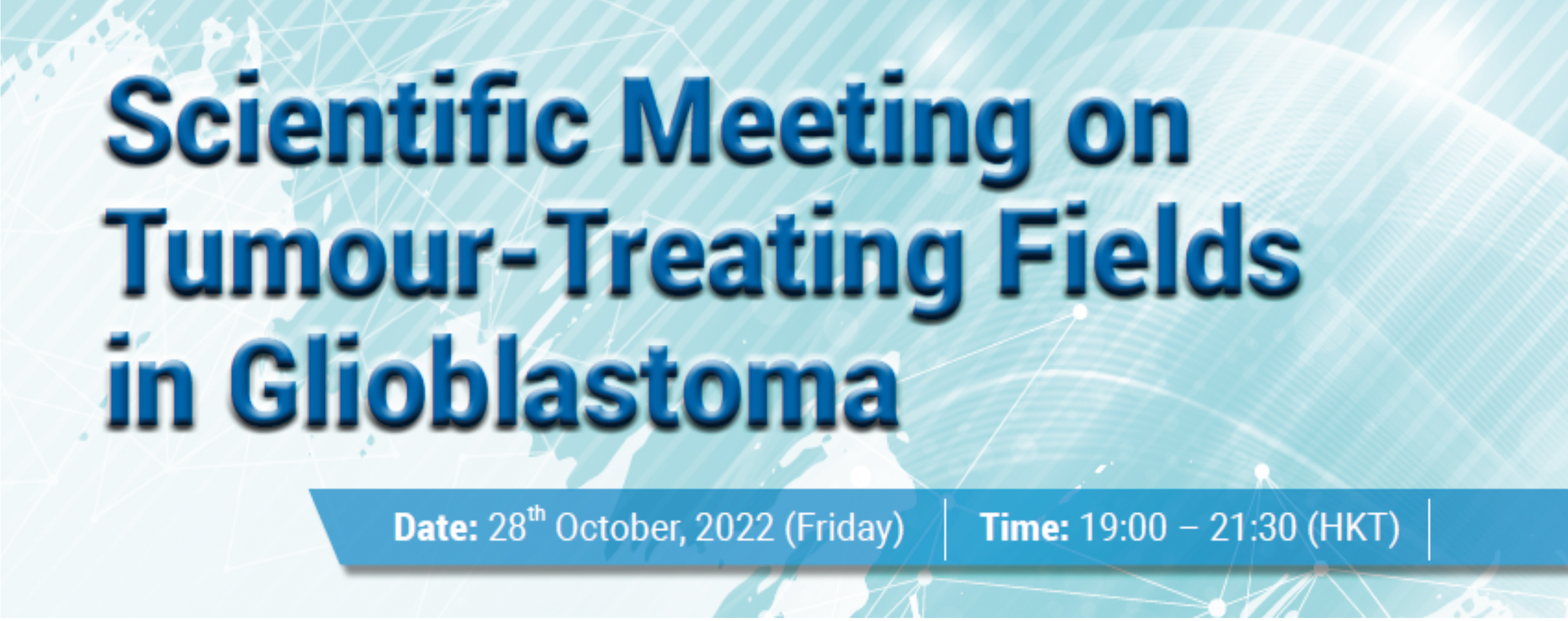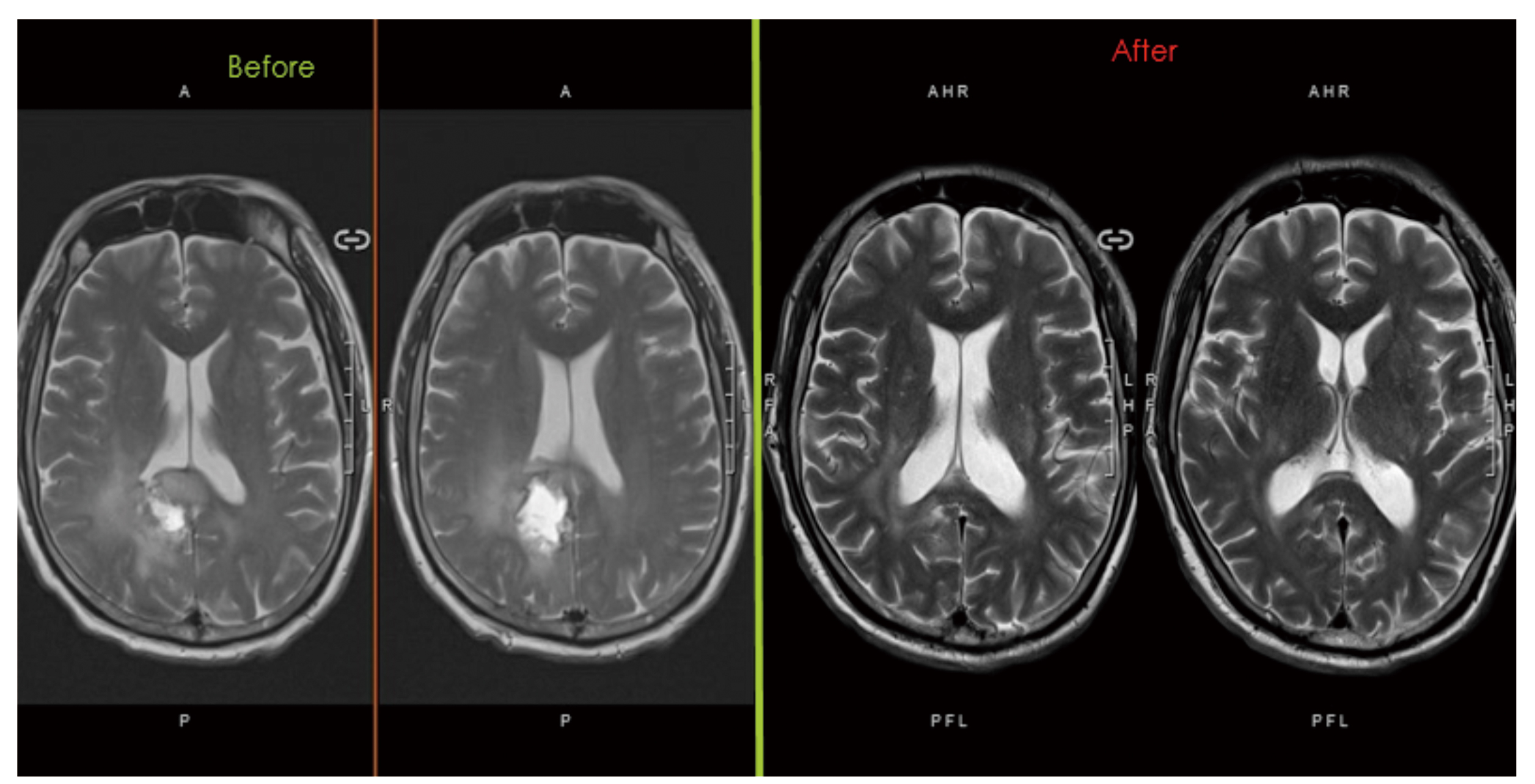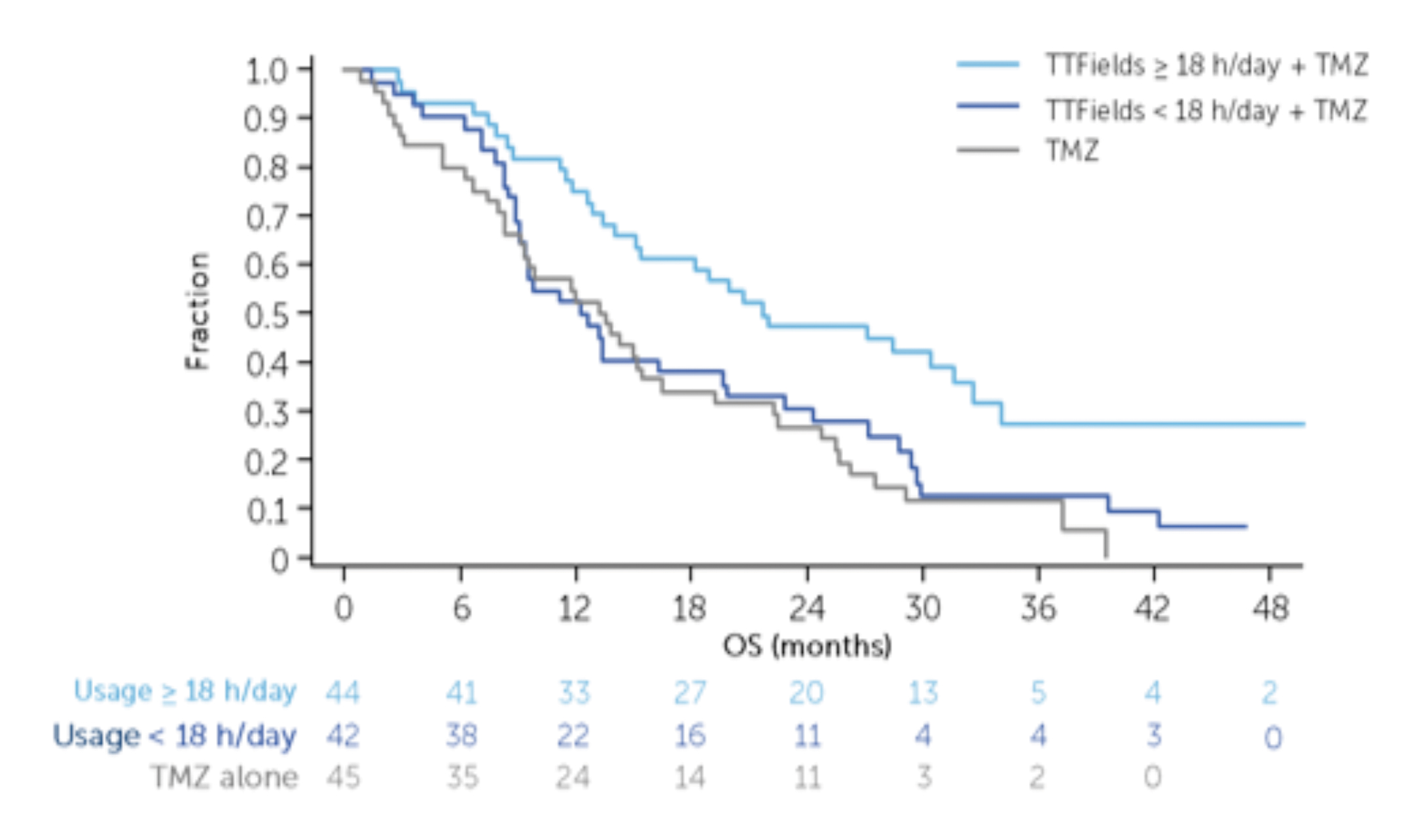
Apart from surgery and chemotherapies, tumour-treating fields (TTFields) are an anti-mitotic treatment that selectively affects dividing glioblastoma cells by delivering low-intensity, intermediate-frequency alternating electric fields via transducer arrays applied to the scalp. In preclinical trials, TTFields caused mitotic arrest and apoptosis of rapidly dividing cells.
To uncover the recent application of TTFields in the management of glioblastoma, a hybrid scientific meeting involving both local and overseas clinical experts organised by the Hong Kong Neurosurgical Society was held on 28-Oct 2022. In the meeting, the clinical performance of TTFields in elderly patients with glioblastoma and patients with ventriculoperitoneal (VP) shunt was presented. In addition, the combination approaches to overcoming resistance in glioblastoma were discussed. In particular, the outcomes of combined treatment with TTFields and immunotherapy were reviewed. The presentations were followed by selected clinical cases shared by local experts.

Outcomes of treatment involved TTFields shared by local expert

Significantly improved progression-free survival (PFS) achieved by TTFields plus temozolomide compared to temozolomide alone in Phase III EF-14 trial

TTFields daily usage of ≥18h/day was associated with better survival in elderly patients aged ≥65

The mechanisms of action of TTFields were outlined

Combined treatment with TTFields and immunotherapy (anti-PD-1) yielded decreased tumour volume as compared to all the other treatment groups in preclinical trial





